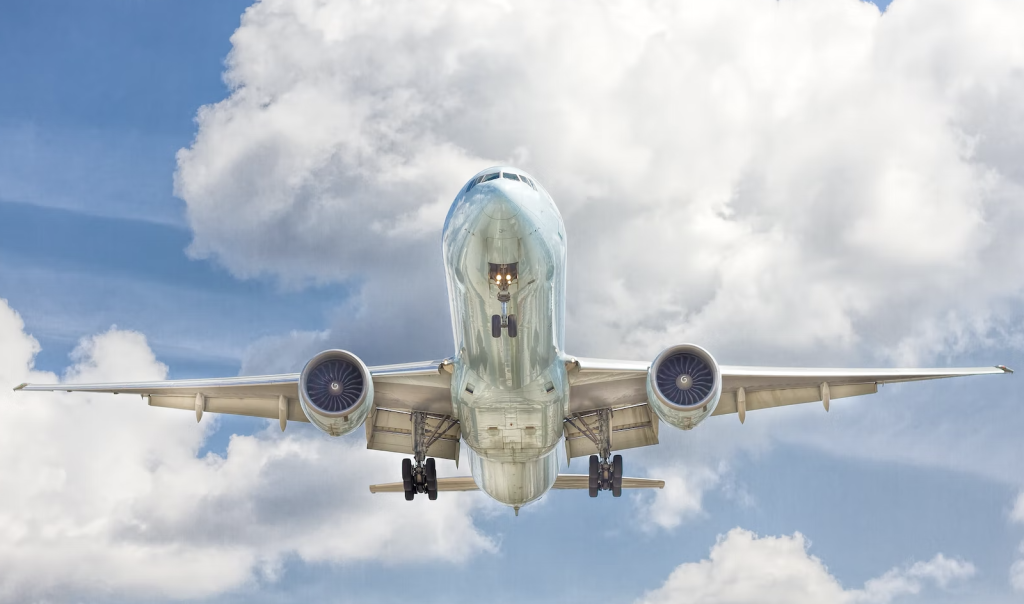Why You Could Soon Be Traveling Via Hyperloops And Supersonic Jets
Due to continual advances in technology, experts believe that supersonic jets and hyperloops could be a part of mainstream travel as soon as 2050, reducing a 6-hour trip to as little as 30 mins.
This article is more than 2 years old

The world is constantly evolving, and with technological advancements happening every day, it’s only natural that the future of travel will be vastly different from what we’re used to today. Perhaps by 2050, we could be traveling via hyperloops and supersonic jets, and here’s why.
Alisyn Malek, an urban mobility expert, and a Detroit native, recently shared her thoughts about the future of travel with CNN, which included the re-emergence of supersonic jets. “As we think about advances and also the increases in global travel, I do think there’s demand. What’s changed from the 2000s when we saw this previously is a push towards sustainability. So now it’s no longer just a question of will we see supersonic planes, but will they be fueled by net-zero carbon fuels?”
Supersonic transport has been around since the 1970s. The Concorde flew passengers at high speeds between London and New York until it retired in 2003. But, since then, there hasn’t been much progress on supersonic travel; until now. Several companies, including Aerion and Boom Supersonic, are working on developing supersonic jets. While there are some challenges to overcome, such as the high cost of development and the environmental impact of such fast planes, the potential benefits are significant. Not only would it reduce travel time and make international travel more accessible, but it could also boost the economy by opening up new markets and business opportunities.
The future of travel also includes Hyperloop, a revolutionary new form of transport that could transform the way we travel between cities. Hyperloops, a concept first introduced by Tesla and SpaceX founder Elon Musk, are high-speed trains that travel through a vacuum-sealed tube, using magnetic levitation technology to propel them forward. The idea is that these trains would travel at incredibly high speeds, up to 700 miles per hour, reducing travel time significantly. For example, a trip from Los Angeles to San Francisco, which currently takes around 6 hours by car, could be completed in just 30 minutes using a hyperloop.
But these technologies come with their own unique set of challenges. Supersonic and hypersonic aircraft produce sonic booms, which can be disruptive for local communities and wildlife. And Hyperloop systems require a vast amount of energy to operate, so they need to be powered by sustainable sources of energy. There are also complex regulations governing the development and operation of such transportation systems that must be taken into consideration. Despite these challenges, the promise of supersonic and hypersonic travel is too great to ignore; if we can get past the technical issues, these technologies could revolutionize air travel as we know it.
The future of travel is exciting and filled with infinite possibilities. With the development of supersonic jets, hyperloops, and other forms of high-speed transportation, travelers will soon be able to get from point A to point B in record time! As these technologies keep getting better and more popular, it’s also important to think about how they might affect local communities and the environment. With the right regulations in place, however, this technology could revolutionize travel for years to come! In the meantime, keep your eyes open for updates; you never know what new inventions are just around the corner.



